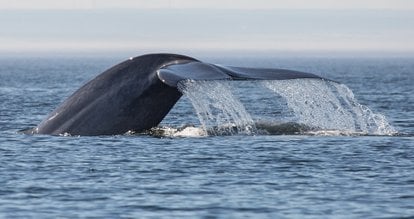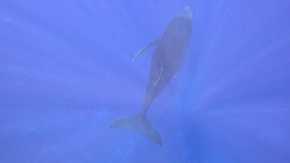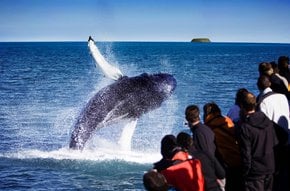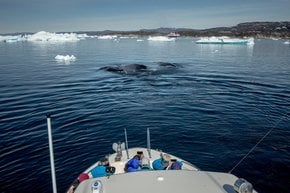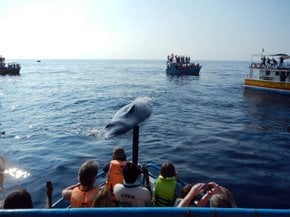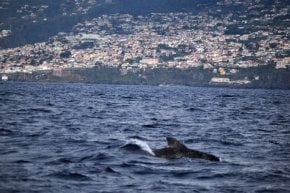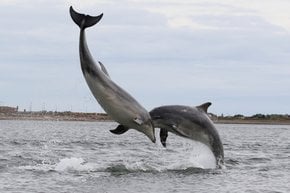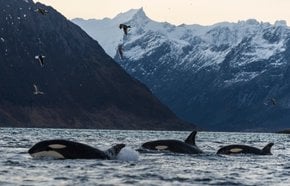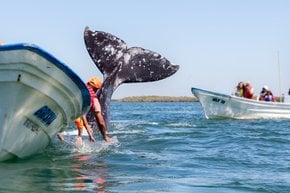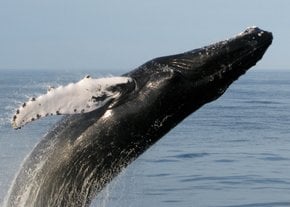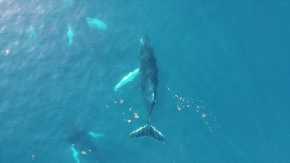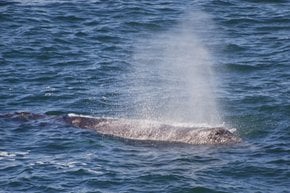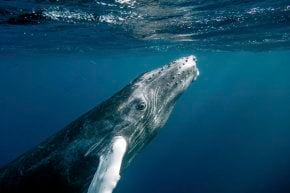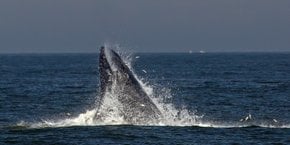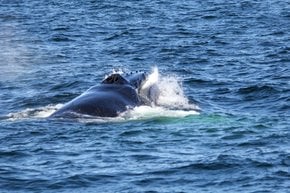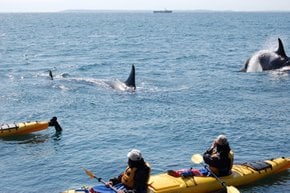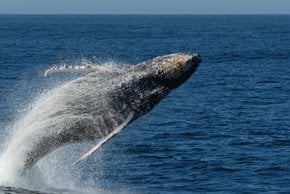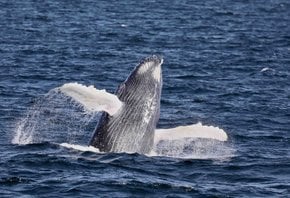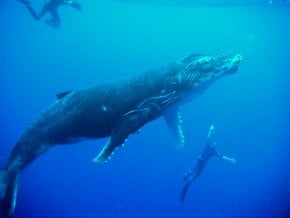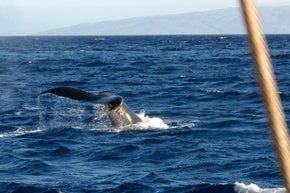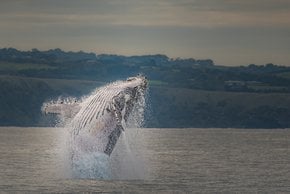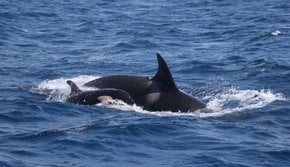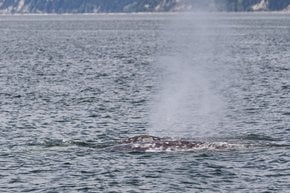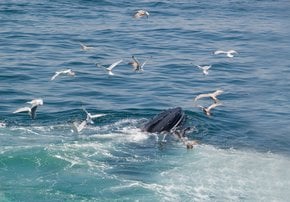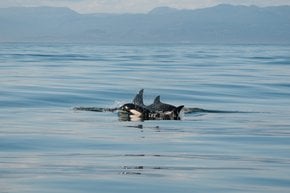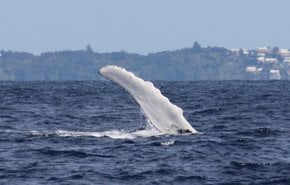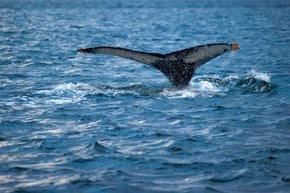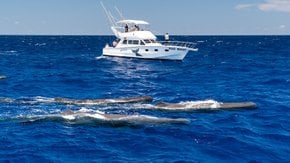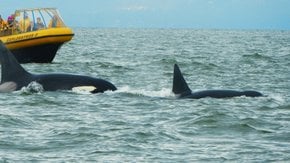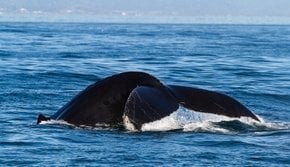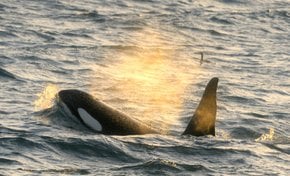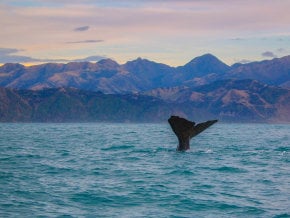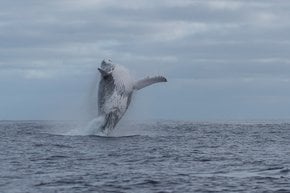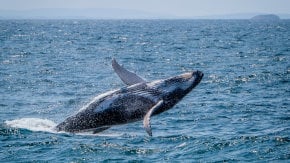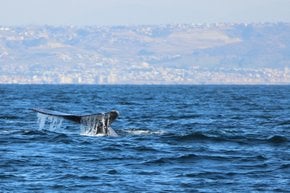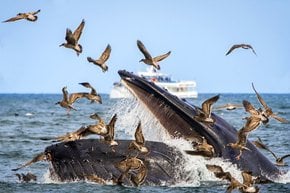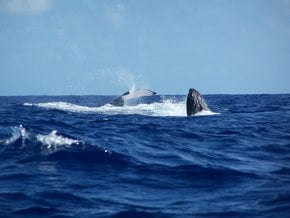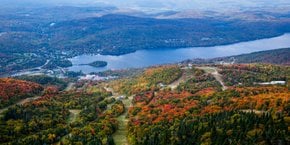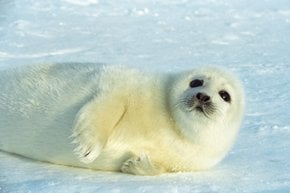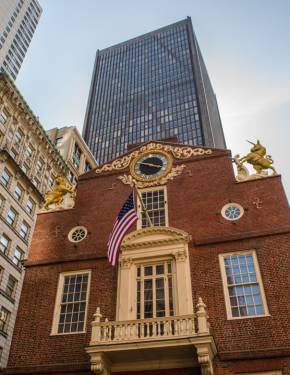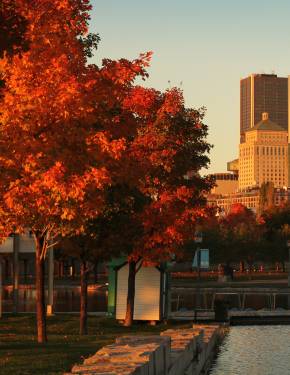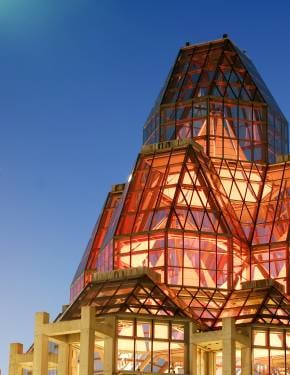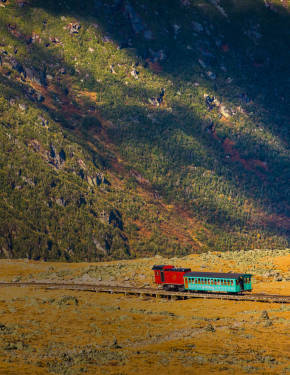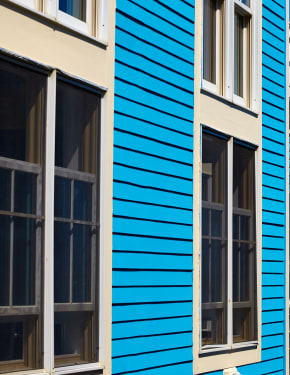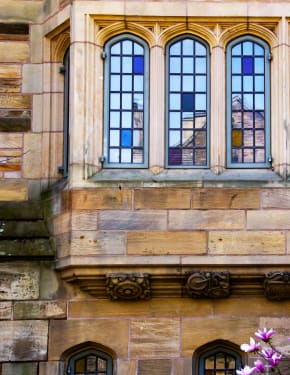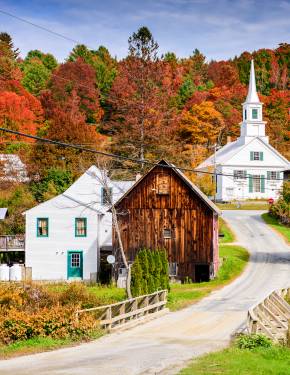Whale Watching in Quebec 2026
Whether you watch from a boat or stay on shore, Quebec's whale observation is one of the best around the globe
Best time: May–October
Maritime Quebec or Quebec by the Sea is one of the world's premier whale-watching destinations due to a large variety of cetaceans and an excellent tourist infrastructure. More than 13 whale species can be found in the Gulf of St. Lawrence during the summer. It's possible to spot the two largest animals on earth – fin whales and blue whales. Plenty of humpbacks flock to the mouth of the beautiful Saguenay Fjord near Tadoussac. White beluga whales can be spotted all year round.
Best Places to See Whales
St. Lawrence River from Tadoussac to Les Escoumins
From June to early October, the waters of Quebec’s North Shore, particularly along the Whale Route from Tadoussac to Blanc-Sablon, are teeming with whales and other sea mammals. This well-known route, also called Quebec’s Route 138, offers prime whale-watching opportunities both from the water and the shore. The cetaceans are drawn to the Gulf of St. Lawrence by the krill-rich waters, making this area a hotspot for whale activity. In Tadoussac Bay, you can observe a dozen species of rorquals, either by kayak or from the coastal path that runs alongside the St. Lawrence River. Further, along the route, Les Escoumins is another key whale-watching site, where you might spot minke whales, humpback whales, and, occasionally, the endangered blue whale.
The Bas-Saint-Laurent region
The Cap-de-Bon-Désir Interpretation and Observation Centre and Bas-Saint-Laurent are top spots for whale watching from land. In Bas-Saint-Laurent, you can drive from Rivière-du-Loup and spot belugas from the marina or take a ferry along the south shore. Île aux Lièvres and Île Verte offer excellent views of whales near their shores. The Saguenay–St. Lawrence Marine Park is another must-visit, where you can see whales, belugas, porpoises, and seals, all against the backdrop of the stunning St. Lawrence estuary and Charlevoix peaks.
Gaspé Peninsula
For a more secluded whale-watching experience, head to the vast peninsula in southeastern Quebec, bordered by the Saint Lawrence River. This area offers stunning landscapes and rich marine life. Forillon National Park and Île-Bonaventure-et-du-Rocher-Percé National Park are prime spots to observe whales, dolphins, and seals. You can take a cruise to get closer or opt for a sea kayak excursion for a more active experience. To minimize intrusion, you can also enjoy whale watching from land at Cap Bon-Ami or Cap-des-Rosiers.
Whale-Watching Tours
While there are plenty of different ways to meet the whales, kayaks and zodiac boats are probably the best options to see them up close. Zodiacs are also quite fast and easy to maneuver so suit up to your best for a whale-watching adventure. However, if you prefer to board a larger boat, there are plenty of options too. AML boats offer various amenities, a bar, a cafeteria, restrooms as well as both indoor and outdoor areas, which is more suitable for an all-day whale-watching cruise. Some companies even serve gourmet dinners and launch fireworks in the evening. Cruises leave from Quebec City, Tadoussac, and Rivière-du-Loup. There is also an option to experience whale watching from a helicopter. It leaves from Québec City and flies passengers to Charlevoix and the marine park. Since small children are not allowed on zodiac boats, the most comfortable option for families and those who want to stay in the sea for a longer time is an AML cruise or croisières AML. Tickets and timetables can be reserved online.
How Long is a Whale-Watching Tour?
An average whale-watching sea cruise lasts from 2.5 to 3.5 hours. Zodiac boat cruises tend to be shorter, starting from 1.5 hours. Meanwhile, AML boat trips usually last over 3 hours. Kayaking trips can last for several days as well as package tours that combine whale watching with other activities and may include accommodation.
Whale-Watching Season
Several sea mammals, such as beluga, can be spotted in Quebec waters year-round. However, the majority of whales are migratory and can be observed only from spring to late fall. The whale-watching season in Quebec usually starts in May and lasts into October. Early fall is the best time for a whale-watching adventure.
Humpback Whales
Humpbacks are a real joy to watch, as they are known for their playful behavior. Seeing these creatures performing deep dives, splashing their tails, and hearing them making a melodious call is incredible, especially considering their large size. Humpbacks belong to larger cetaceans and reach 59 ft (18 m) long. Every year, about 7,500 humpback whales travel 3,417 miles (5,500 km) to get to the St. Lawrence River estuary to feed on plankton and small fish. With a long dark gray body and a white belly, humpbacks also have tails that are so unique that you can identify each individual.
Fin Whales
One of the largest whales on earth, a fin whale can reach 88 ft (27 m) in length. About 400 of these gorgeous sea mammals spend their summer and fall in the Gulf of St. Lawrence Gulf, and are especially common between Tadoussac and Les Bergeronnes. Fin whales consume large amounts of water containing fish and krill and then eject the access to the water back. A white jaw and a dark grey body can recognize them.
Minke Whales
A modest-sized minke whale can be spotted in Quebec from March to December. There are about 1,000 of them in the Gulf of St. Lawrence. The smallest of the whales has a body length of about 32 ft (10 m). It feeds on krill and small fish. It can be identified by its dark grey body, white belly, and a white stripe on a pectoral fin.
Blue Whales
An endangered blue whale is the largest animal on earth. These gentle giants can be spotted in the Gulf of St. Lawrence mostly in August and September. With a body length close to 31 m(101 ft), it seems like these mammals should be easy to spot; however, they are protected by law, and whale-watching boats can't get to them closer than 1,312 ft (400 m). A blue tail can recognize them.
Beluga Whales
An endangered beluga can be observed only in a few northern countries. Luckily, about 900 belugas reside in Quebec waters all year round. Belugas can be spotted from the estuary to the Gulf of St. Lawrence through the Saguenay Fjord as well as at Mingan Archipelago National Park Reserve in Duplessis. These whales stand out due to their light grey, almost white body. The older the beluga is, the lighter its skin gets. This cetacean feeds on fish and eels and is also famous for its high-pitched call. Due to this, the beluga is sometimes called a sea canary.
Whale-Watching Tips
Since whales are constantly on the move, their location is hard to predict. Their behavior doesn't depend much on the time of the day, weather, wind, or tide. However, if you spend in the sea about two or three hours, there will be plenty of chances to see whales as they always get to the surface. Be patient and keep your camera ready. If you have a binocular or can borrow one, it will surely come in handy during the excursion. Also, make sure to take a waterproof bag or case to store your phone and a camera.
Photography Tips
Capturing a picture of a whale requires patience, observation, and quick reflexes. Start by studying the whale's behavior. For example, when feeding, whales often create a frenzy among diving birds—if you spot this, be prepared for a potential lunge or trap feeding moment. Position your focus on the area where the birds are most active, as the whale may surface suddenly. For action shots, like breaching or tail fluke displays, watch for key signals. A whale arching its back higher than usual often indicates it's about to dive deep, providing a prime opportunity for a tail shot. Breaching can be more unpredictable, but if a whale breaches once, it might do so again, so stay ready. Lens choice is also important. A wide-angle lens is great for capturing the whale in its vast ocean environment, offering context and scale. For closer action, a lens with a shorter focal length is easier to manage, as it provides a wider field of view, making it easier to track and focus on the whale.
What to Wear
The weather in the estuary and Gulf can be rather chilly, even during the summer. Make sure you have a jacket or a windbreaker, long pants, and comfortable shoes with closed toes. If the weather is sunny, you might need sunglasses and a sunhat. Make sure to check a weather forecast in advance so you know what to expect. And be prepared for plenty of water splashes.
Where to Stay
There are plenty of excellent lodging options in Quebec City and Tadoussac. It's best to stay in a waterfront hotel. Some accommodations are located right in the mouth of the Saguenay Fjord, one of the most scenic bays in the world. Tadoussac also has a campground with 191 campsites featuring panoramic views of the St.Lawrence river.

